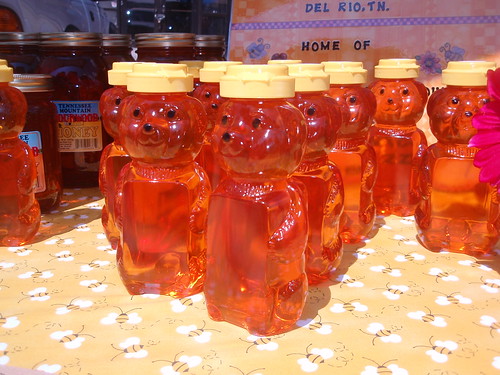One of the benefits of cold winter weather is fewer creeping, crawling and flying pests swarming in and around the house. But fewer pests doesn’t mean zero pests. Your home and your skin are still at risk for infestations and stinging, itching bites. Some bugs, like the Brown Marmorated Stink Bug commonly swarm from fall to early winter as they seek shelter from the cold. In fact, a recent report from Courier-Journal.com notes Kentucky residents are experiencing an infestation of the bugs this season.
If beetles, fleas, termites or winged ants have already infested your home it’s probably best to call in the professionals. But if your home is relatively pest-free you can help keep it that way with natural deterrents. Natural remedies are also effective for treating non-poisonous bites and stings.
Natural Pest Prevention
Regular vacuuming of floors and upholstered furniture is the first step to preventing an infestation of winter bugs in your home. Some critters, like fleas, may go dormant during cold weather, but flea pupa can remain viable for months hidden in floor cracks, carpet and deep between the cushions of upholstered furniture. While the idea of bug pupa hiding in the corners of your home is enough to start anyone scratching, Companion Care Animal Hospital points out that winter is the easiest time to rid your home of bug pupa because they are dormant and not multiplying. Here are some other ways to curtail bugs this winter:
- Cinnamon – Ants and beetles despise cinnamon. Sprinkle cinnamon near the entry points into your house and along their trail.

Photo by trophygeek via Flickr
- Cucumber – Dried cucumber peel may repel ants and cockroaches, according to Enviro Citizen.

Photo by qnsagetyrtle via Flickr
- Diatomaceous Earth – The sharp grains of diatomaceous earth actually kill many kinds of pests by cutting into their exoskeletons as they crawl through it. Sprinkle diatomaceous earth at entry points and use it around your home’s exterior to prevent some pests from gaining access.

Photo by jsj1771 via Flickr
- Citrus – The juice and/or oils of citrus fruits may repel fleas and other pests. Make a strong tea from sliced fruit (include the peel), allowing it to steep overnight. Place the liquid in a spray bottle and use on carpets and furniture.

Photo by The Marmot via Flickr
- Pure Essential Oils – Essential oils can be added to water in a spray bottle for home use or be blended with a carrier oil for personal use. Try a few drops of eucalyptus, geranium or lavender oil in water as a spray for carpets, furniture and pest entry points, or mix the essentials into almond oil to use on your skin. About 10 drops per 8 oz. of water or carrier oil is sufficient.

Photo by shalommama via Flickr
Natural Bite Relief
Bites and stings from “harmless” pests can still be painful or itchy. Assuming there are no allergies, the first course of action is to put the affected area in cold running water to relieve the initial pain, and wash away any toxins on the skin. If a stinger remains, pull it out. If you are allergic to the beast that bit you, immediate medical intervention is advised. Other tips include:
- Ice – Hold an ice pack on the bite for approximately 20 minutes. It will relieve pain and itching and reduce swelling.

Photo by stevendepolo via Flickr
- Honey – Not only will it help sooth irritated skin, honey is a natural antibiotic and will help prevent infection.

Photo by Joelk75 via Flickr
- Cucumber – A slice of fresh cucumber on the bite calms itch and soothes irritation. Cucumber is also thought to draw toxins from the skin. If you’re having trouble removing an embedded stinger, place a slice of cucumber on the spot for a few minutes and the stinger may come to the surface of the skin.

Photo by viZZZual.com via Flickr
Leave a Reply